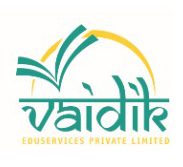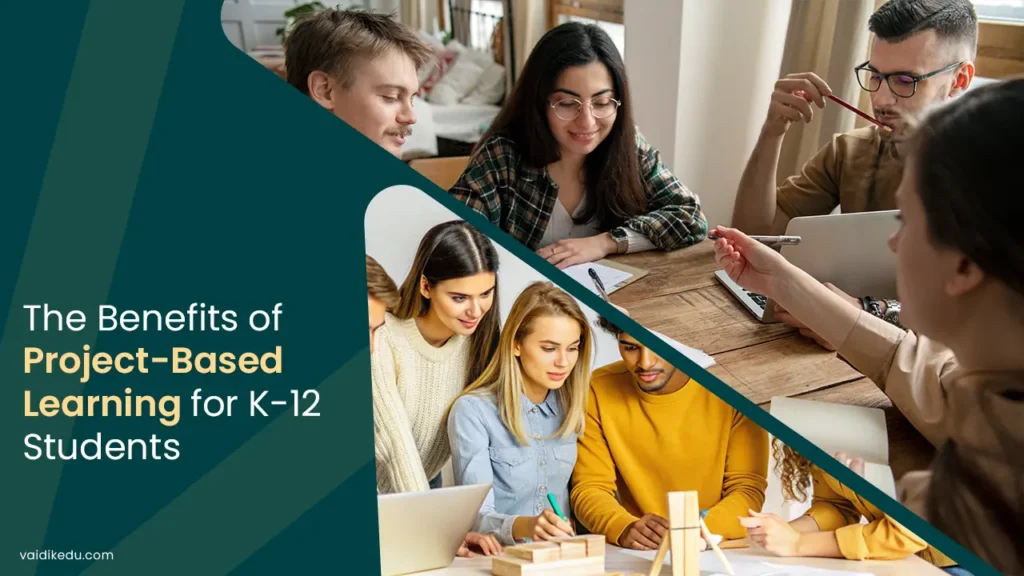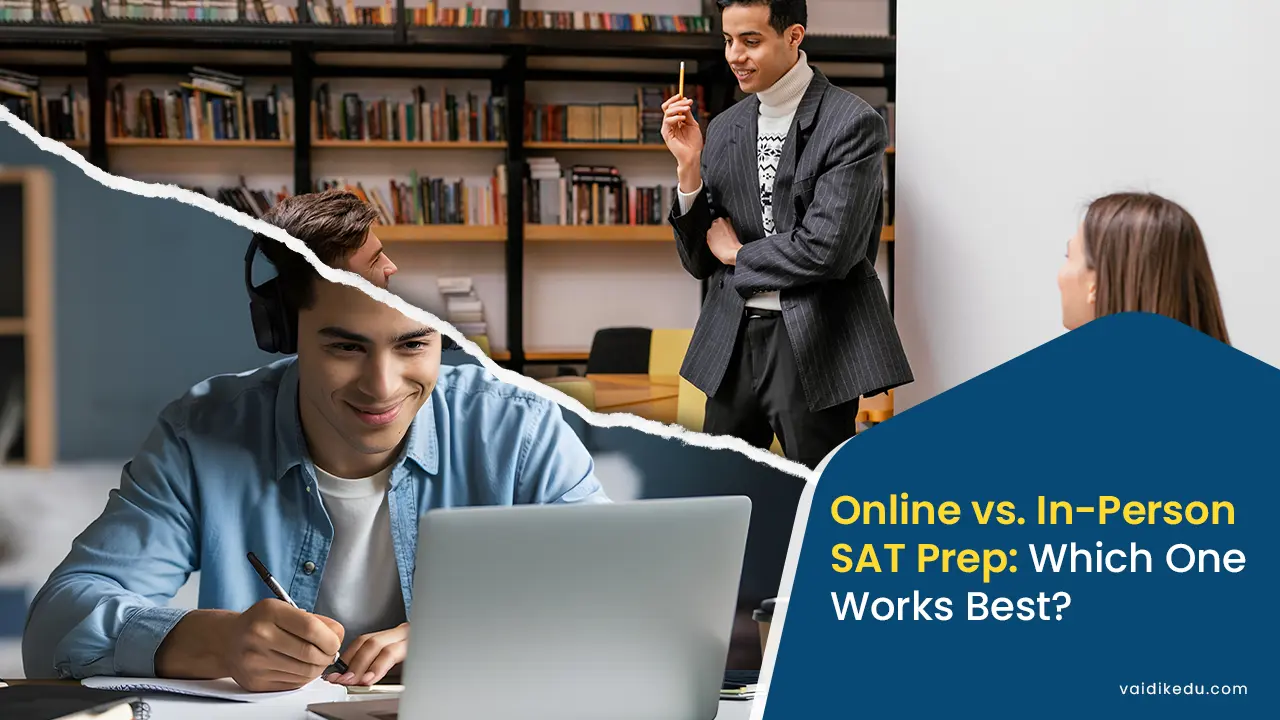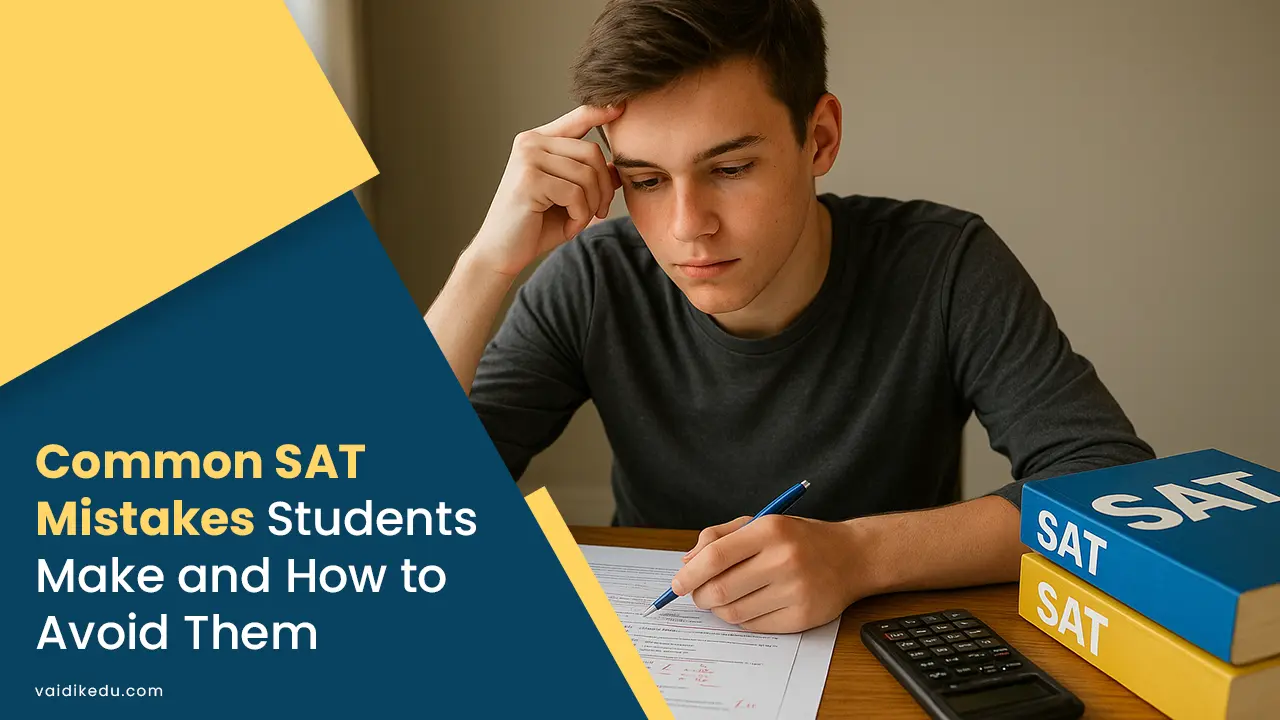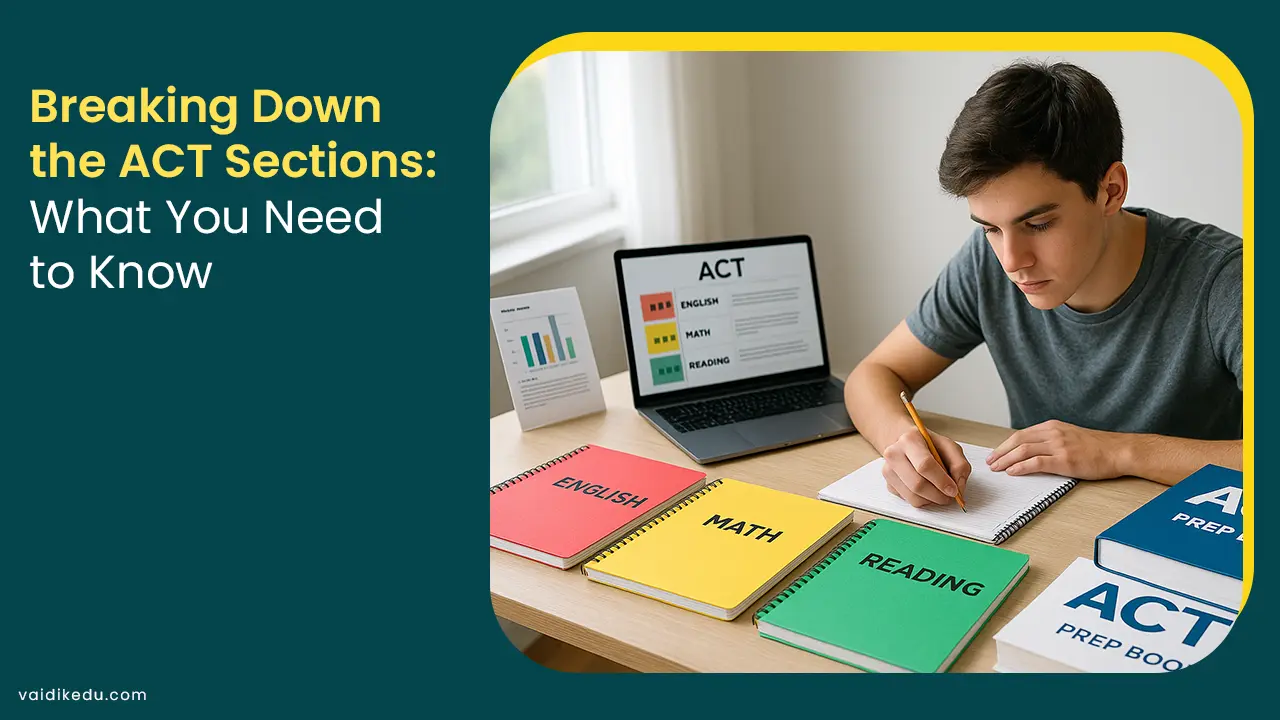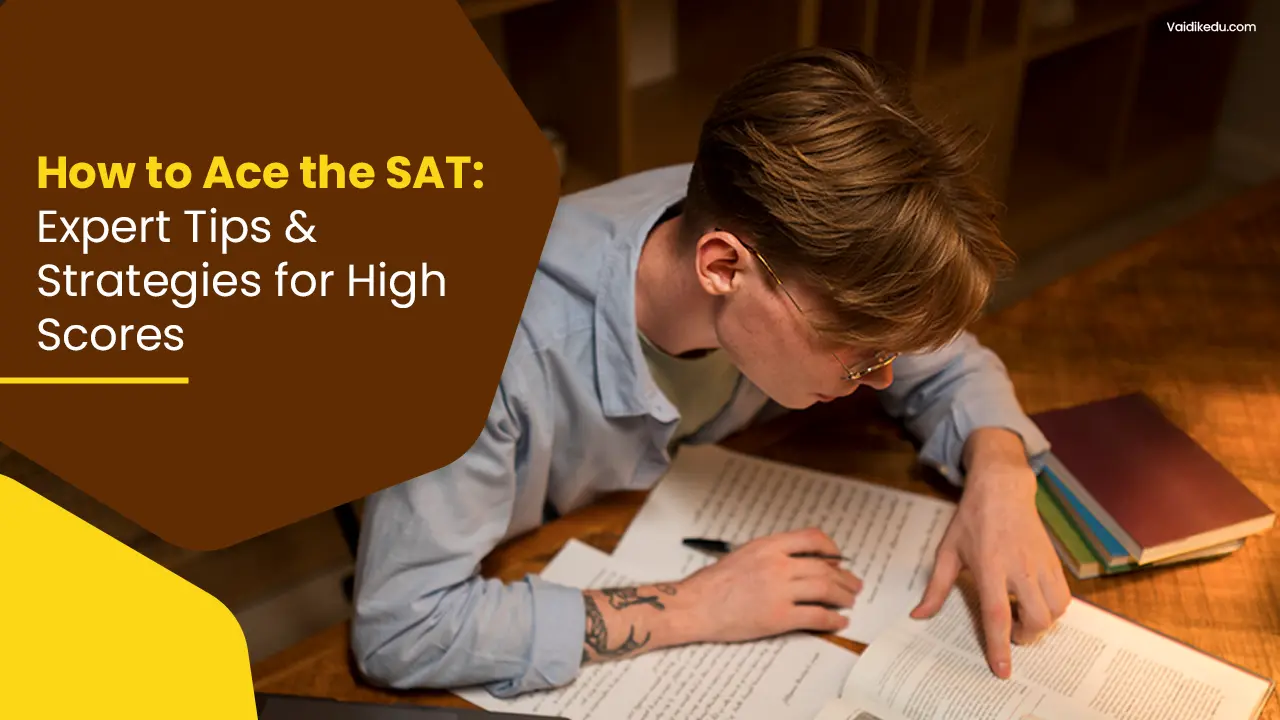Traditional teaching is at an evolving stage. New approaches are gaining popularity. One such thing is project-based learning (PBL). It encourages students to engage in proper learning. They work on real-world problems over extended periods.
This method offers many benefits. It goes beyond academic achievement. It fosters critical thinking and collaboration. This also improves creativity and real-world application of knowledge.
Advantage of Project-Based Learning For K-12 Students
- Encourages Active Learning
Traditional teaching relies on passive learning. Students listen to lectures and memorize information. PBL, however, promotes active participation. Students take ownership of their education.
They engage in hands-on projects. For example, they may build models, conduct experiments, or design websites. In doing so, they apply theoretical knowledge to practical scenarios. This experiential approach strengthens understanding. It also makes learning more engaging and memorable.
- Develop Critical Thinking Skills
PBL emphasizes problem-solving and critical thinking. Students work on real-world challenges. They analyze problems, research solutions, and evaluate the best actions. This process strengthens their ability to think critically and make informed decisions.
Let there be a project on environmental sustainability. It involved assessing energy sources. The options include solar winds and fossil fuels. Students can evaluate the impacts of each of these things. This nurtures their analytical skills.
- Enhances Collaboration
Collaboration is central to PBL. Students often work in teams to complete projects. This mirrors the teamwork needed in workplaces. Through collaboration, they learn to communicate effectively and resolve conflicts.
Working in groups helps them value diverse perspectives. These interpersonal skills are essential for academic and professional success. Additionally, presenting projects builds confidence. Students improve their public speaking and articulation by sharing findings with peers, teachers, or community members.
- Promotes Creativity
PBL allows students to explore creative solutions to problems. Unlike traditional assignments, projects often have open-ended outcomes. This encourages ‘out of the box’ thinking.
Let there be a science project on renewable energy. This might lead to designing a unique solar device. This improves creativity. It also develops a growth mindset. Students could learn from their mistakes.
- Building Connections
PBL connects learning from the classroom with real-world applications. Students could identify the relevance of education. This boosts motivation and engagement. For instance, a history project on civil rights movements might include interviewing community leaders. Students could also create a documentary. These activities deepen their connection to the subject.
Projects like these expose students to potential career paths. They inspire students to explore their passions and interests.
- Cross-Disciplinary Learning
PBL combines multiple subjects in a single project. It encourages students to connect ideas from different disciplines.
Consider an example. One needs to design a sustainable garden. This might involve biology in understanding plant growth. Math could be used for calculating areas. Language arts could help in writing persuasive grant proposals.
This interdisciplinary approach is very useful. Especially in overcoming real-world challenges. These challenges are applicable to all subjects. It helps students develop a broad understanding of complex issues.
- Self-Management
Long-term projects require time management and organizational skills. Students learn to plan tasks and meet deadlines.
These skills are needed for a successful future. PBL also promotes personal responsibility.
Students do not rely solely on teachers for direction. Instead, they seek resources, ask questions, and solve problems independently. This builds their confidence and independence.
- Different Styles of Learning
Every student learns in their own way. PBL’s flexible methods cater to this diversity. Visual learners can create charts or diagrams. Kinesthetic learners can build models. Auditory learners can engage in discussions or interviews.
This inclusive approach values all learning styles. It ensures that every student has a chance to excel and feel appreciated.
- Knowledge Retention
Active engagement helps students retain knowledge better. PBL focuses on practical application instead of memorization.
Let’s consider an example again. Building bridges in a physics project imprints well on the minds. This is more impactful than just reading about structural engineering in a textbook.
Hands-on learning strengthens understanding. It also helps students retain information for a long time.
- Growth And Reflection
Reflection is a key part of PBL. Students evaluate their work and identify areas for improvement. They also celebrate their successes. This fosters a growth mindset.
Students see challenges as learning opportunities, not obstacles. Teachers guide these reflections. They help students develop self-awareness and resilience. This process encourages continuous growth and improvement.
- Prepare For The Future
PBL equips students with essential 21st-century skills. Some of the skills are:
These are the skills most employers value. By practicing them, students gain an advantage for the future. PBL prepares them for higher education and professional challenges. It helps them navigate complex situations.
- Engagement
PBL builds strong connections with the community. Students often work with local organizations or individuals. These partnerships give students real-world experiences. They also offer mentorship opportunities.
For example, a project on urban planning might involve city officials. Students could also collaborate with architects. Such experiences show students the impact of their work on the community. It deepens their understanding of real-world issues.
Challenges And Solutions
PBL comes with its own set of challenges. Teachers may need extra training to design meaningful projects. Facilitating these projects effectively can also be demanding.
Ensuring all students participate equally can be difficult. Some may dominate, while others might disengage. Professional development programs can help teachers gain the necessary skills. Clear guidelines and structured processes can improve project outcomes.
Continuous feedback from students and teachers is crucial. It helps refine the approach and ensures projects run smoothly. Schools must invest in resources and technology. This ensures all students have the tools they need for success.
Conclusion
PBL is more than a teaching method. It transforms how students learn and prepare, especially for the future. It fosters critical thinking and collaboration. Creativity is also improved by this method.
It connects classroom learning to the real world. These skills prepare students for challenges in this world. Educators and policymakers look for new teaching methods. By following PBL, the future can be made promising for students.
Frequently Asked Questions
It is a teaching method. It is focused on hands-on projects. Students can work on real-world problems. It promotes active learning and collaboration. It also integrates knowledge from different subjects.
PBL helps students think critically and solve problems. It encourages creativity and teamwork. Students learn to communicate effectively. The task management will be more convenient. Real life and classrooms get linked here. It provides a whole new experience.
Yes, PBL is flexible and supports diverse learning styles. Visual learners can create charts or drawings. Kinesthetic learners can build or design models. Auditory learners can participate in discussions. They can also do the presentations.
PBL provides the necessary skills for students. This includes problem-solving and teamwork skills. It teaches adaptability and communication. These are essential for higher education and careers. It equips students to handle complex challenges in the modern world.


